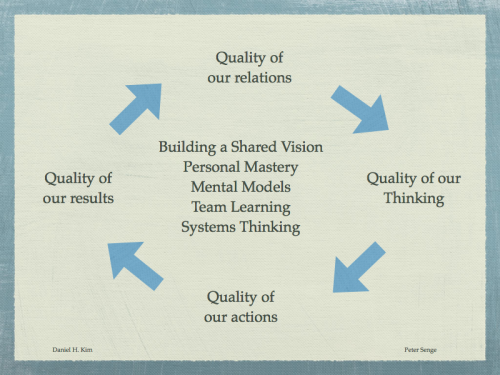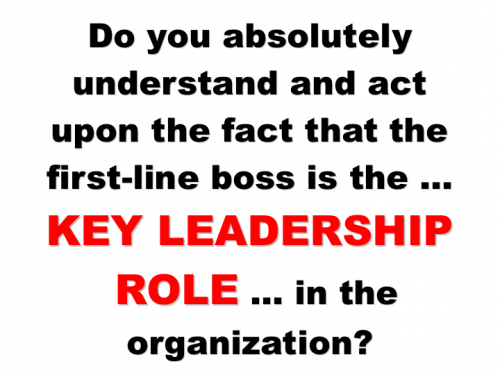Most intelligent managers are fully aware that stones and dogs are very different, but when they are in the heat of the battle, they somehow forget this self-evident and important point.
Let’s recapitulate why there is a key difference between the two.
If I place a stone on the floor and kick it, it will travel a certain distance and in a certain direction, depending on the stimulus I provided. If I kick the same stone in the same way tomorrow, it will “perform” in exactly the same way. In fact, if I can find stones similar in shape and weight, they will also perform exactly the same way, as long as my kick is consistent. All of this was well documented by Newton years ago.
If, however, a large Doberman saunters past me and I decide to give it a solid kick in the behind as it passes…
What will happen then?
Nobody has a clue. Neither Darwin nor Dr. Doolittle created a law for that.
As Fritjof Capra describes it in his book, The Web of Life: a New Scientific Understanding of Living Systems. What modern biology has now shown beyond doubt is that when you disturb an organic system, the system responds in a way that is meaningful to it, but not necessarily to the disturber.
Organic systems are by definition unstable, while mechanical systems are stable. This is why we intuitively know that our Doberman may react one way today and in a different way tomorrow. We have no idea what makes sense to a Doberman.
This makes an enormous amount of HR principles and “truths” obsolete overnight. Every time somebody says, “When we do this… they will do that”, pause and think of the Doberman.
As a consequence, we can no longer see the people in our system as components in a huge mechanical system – as stones – they will not necessarily perform or respond in ways that make sense to us. They will only respond to our stimuli in ways that make sense to them.
Huh? Does that mean that when I offer employees a wonderful bonus for reaching our sales target this month, it will not encourage them at all?
Maybe it will, maybe it won’t. The bonus may motivate all, some, or none of your employees. It depends on the person, the day, and the circumstance.
This post is an extract from my recent book: Best! No need to be cheap if you are…

